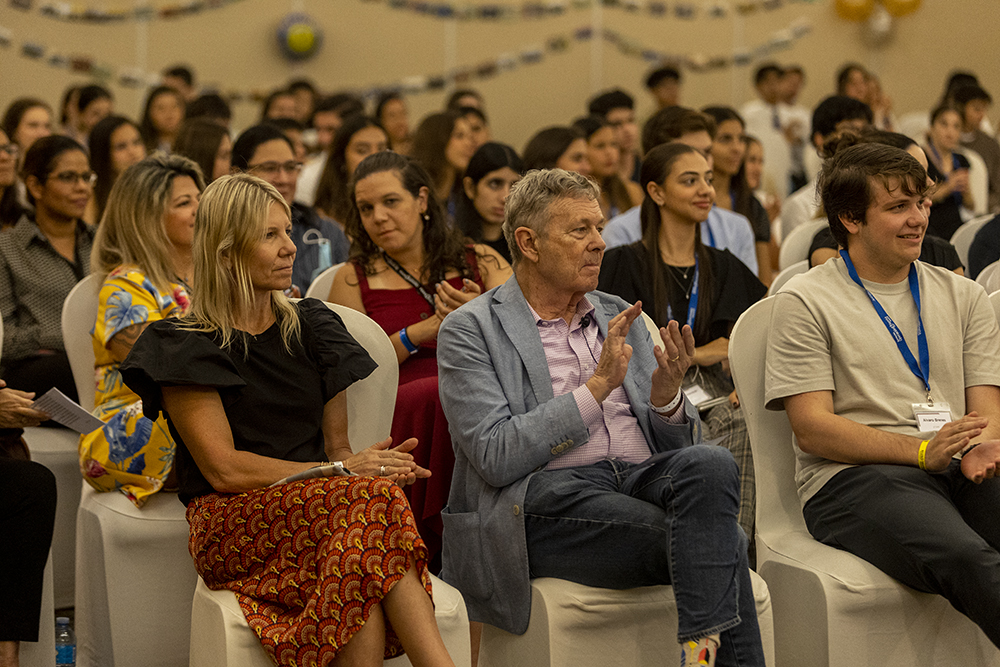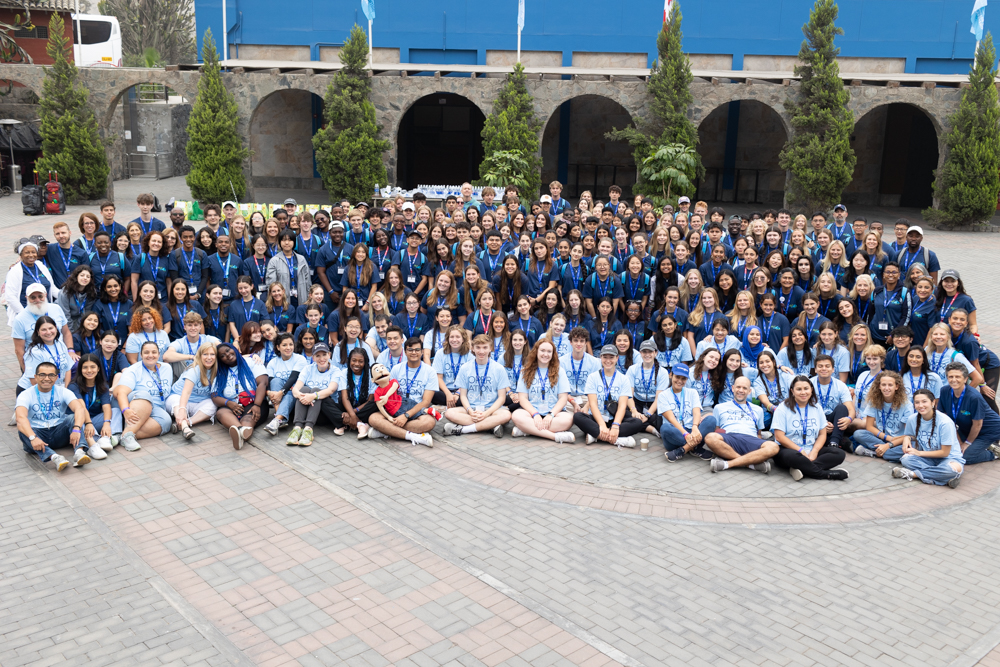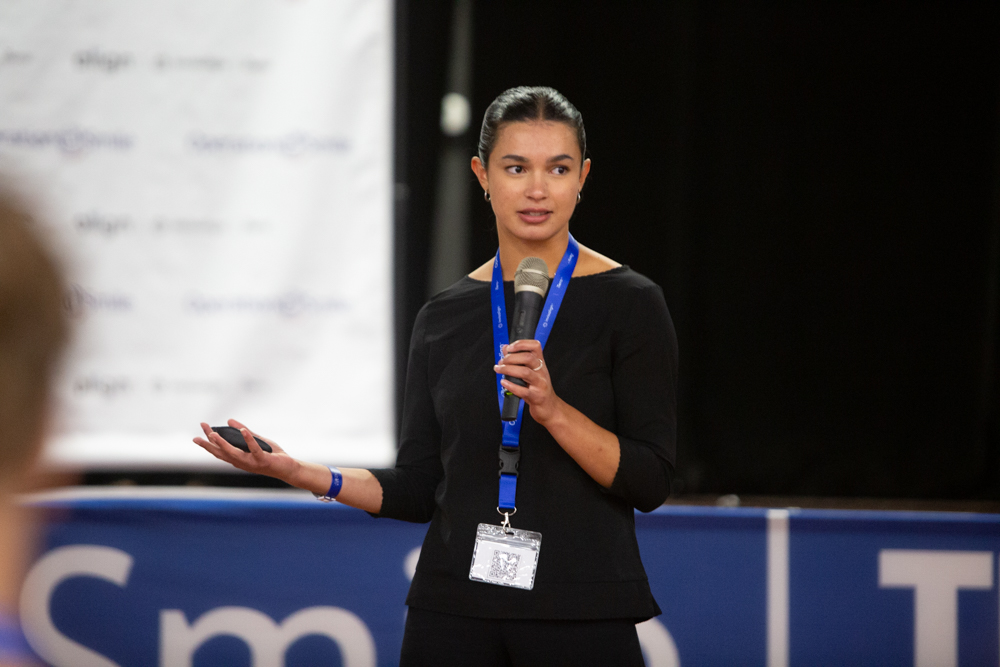
Connecting Beyond the Language Barrier
Story by Dena Salehipour
Photo by Juanjo Marin
They didn’t speak the same language, but when Aashka Shah got a hug from a little friend during a medical program in Panama, it was clear to her that their connection transcended their language barrier.
“It was at the end of the day, a girl came in and she gave me a hug and wouldn’t let go of me, which made me so emotional because I couldn’t tell you anything about her,” said Aashka, who admitted she doesn’t speak much Spanish. “I know she’s six years old. That’s the only conversation we had. I don’t know what she likes to do, but still we played together for so long. I held her hand when she was getting her wound cleaned. I colored with her, but I didn’t talk to her. I’ve never bonded with someone without talking.”
We caught up with the student volunteer toward the end of the community program in David, Panama, to hear more about her experience and the changes it’s made on her outlook.
Operation Smile Student Programs: OK, so we’ve been here for five or six days already. How has it been so far?
Aashka Shah: It’s been really nice. I’ve learned a lot and I’ve gotten to help a lot of people. It’s been really eye-opening, and I’ve just enjoyed every second of it.
OS: And coming from a country where you fundraise, and now that you are in a country that conducts medical programs, how do you feel?
AS: Being involved hands-on makes me feel like I’m contributing so much more and it’s so fun to experience. It’s also giving me a new perspective on what we do in America and how it affects what happens here. For example, seeing all of the donation bags we made at the 2022 International Student Leadership Conference being handed out to kids really shows me the importance of the work we were doing at ISLC.
OS: What do you think now, how has your perspective of Operation Smile changed during this week?
AS: I just learned to appreciate Operation Smile so much more. It made me realize before I thought it was just helping kids with cleft conditions, but this has made me realize that Operation Smile does so much more. We’re helping these children with so much more than just fixing this medical condition they were born with — we’re helping get them food, teaching them how to be healthier … just so much more than just creating smiles.
OS: What do you think that you’re going to take back to your club?
AS: I think the main thing is just being in the room with all the donations made me realize the types of fundraising activities we can do that would be the most beneficial. So I have a lot of ideas now, like I want to do a toothbrush drive, a toy drive, just a lot of ideas of what we should do.
OS: And I know that you made a special connection with the patients today and yesterday. How was that for you?
AS: It was at the end of the day, a girl came in and she gave me a hug and wouldn’t let go of me, which made me so emotional because I couldn’t tell you anything about her. I know she’s six years old. That’s the only conversation we had. I don’t know what she likes to do but still we played together for so long. I held her hand when she was getting her wound cleaned. I colored with her, but I didn’t talk to her. I’ve never bonded with someone without talking.


